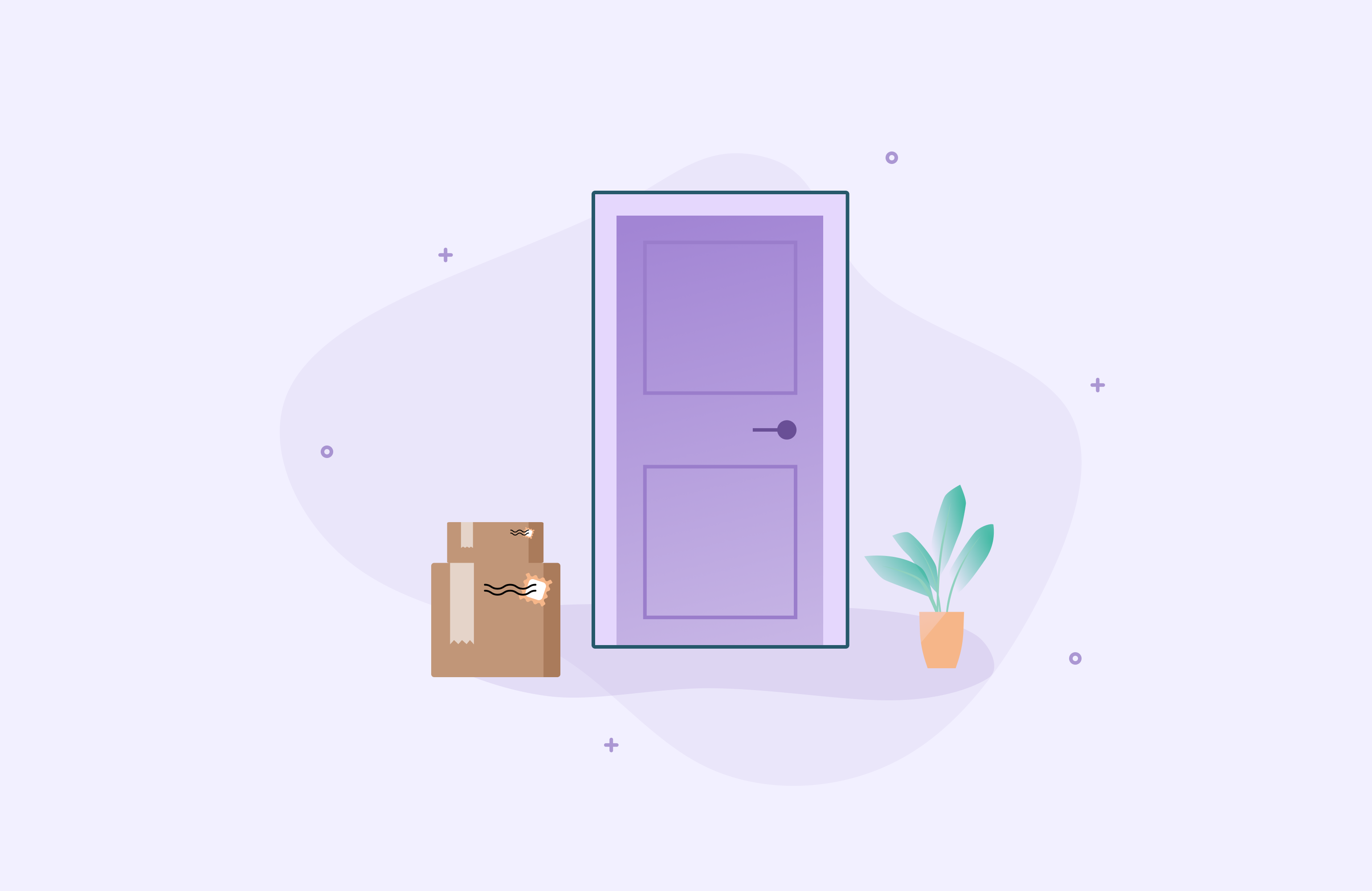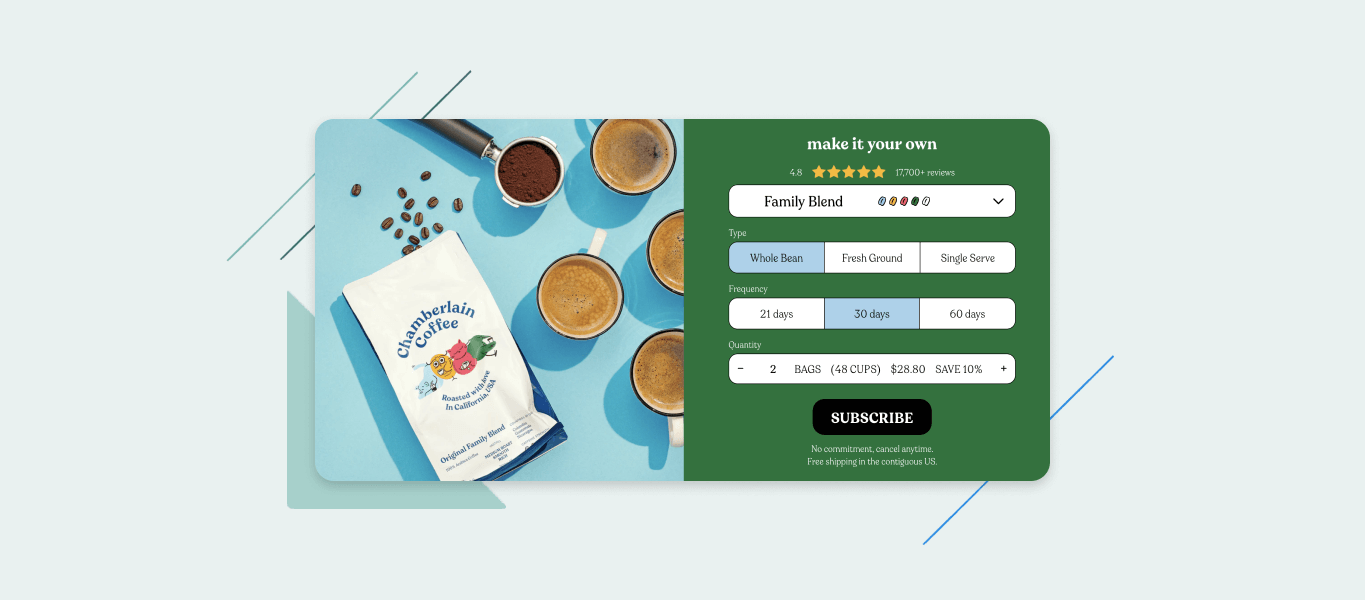There’s no question: Consumer behavior changed with the lockdowns. While shops and facilities were closed or open with limited capacity and long lines, customers took to the internet and redirected their spend online. This not only led to a boom in ecommerce, but also impacted the type of consumer goods purchased.
The “new” essential items
The definition of essential goods shifted to include categories that were previously less steady, as new product demand emerged. This included everything from face masks to cleaning supplies to work-from-home and homeschooling equipment.
Yoga pants and sweatshirts took the place of standard office wardrobes. Parents traded in their museum and zoo memberships for subscription boxes with books, toys, and art supplies—anything to keep their kids entertained at home. And let’s not forget those lucky enough to have snagged a toilet paper subscription!
2020’s lockdowns amped up subscription sales
This shift in spend catapulted the subscription ecommerce market to new heights. According to the Subscription Economy Index, subscription brands outpaced their product-based peers in 2020 with subscription sales up 12%.
In this year’s State of Subscription Commerce Report, we found that in studying Recharge merchants in 2020, subscribers grew 91%, and Average Order Value (AOV) was up across the majority of verticals.
Subscriptions are here to stay
As lockdowns begin to lift and more venues and activities reopen, there will be a new impact on online expenditures, but some things are here to stay.
- Convenience – Convenience (and safety) became a luxury during the pandemic. Consumers used to be able to pop into the grocery store when they were out of dish soap, but long lines and empty store aisles made them pivot this spend online. Subscriptions to basic household consumables like coffee and personal care products soared, and they are likely here to stay for two reasons.
- Community – In traditional shopping experiences, customers often wait for sales to stock up on products. Alternatively, with subscription and loyalty programs, every day becomes a “sale day.” Customers are incentivized to keep up their subscriptions because of discounts available to them, igniting the feeling that they’re getting good value for their spend. Subscribers are also able to buy from the brands they love versus settling for whatever happens to be on the shelf that day. And as brands continue to offer more products and upsell/cross-sell opportunities, the loyalty increases for customers who are wanting to try something new from stores they already love.
- Time – Time is the most valuable asset to most people. With restaurants reopening and COVID-19 vaccinations on the rise, the world is slowly starting to return to some semblance of normal. People are antsy to travel and spend time on experiences that they have missed out on for more than a year. If they can save time on shopping for essentials by leaning on subscription brands to replenish their stock, it allows them to capitalize on their newfound free time to make up for lost time.
How merchants should continue to support customers
In order to capitalize on these opportunities, merchants should lean into building brand loyalty—focusing on the customer experience and building a brand community. Internally, merchants should consider how to build their recurring revenue, increasing AOV and LTV.
Some merchants have done this by creating membership programs. These programs allow for exclusive access to discounts, first access to new products, and most importantly, steady engagement and communication with their customers.
The paradigm shift is recognizing that the transactional approach to sales is outdated now that relational commerce is showing the value of building long-lasting (and AOV-boosting) relationships between brands and their consumers.
When merchants use multiple touch points for communication, like Klaviyo together with Recharge, they can trigger targeted marketing messages based on the consumer’s recurring purchase activity, which are shown to both drive higher engagement and increase average order values across the board.
Discover more ways to improve customer retention and loyalty throughout 2021 and beyond with Klaviyo.



